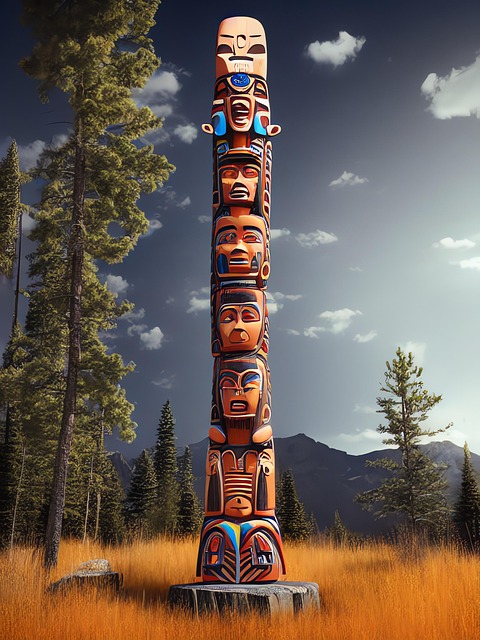The Navajo Nation, spanning Arizona, Utah, and New Mexico, features a unique real estate market combining ancient land management practices with modern transactions. Its self-governance structure allows both private ownership and communal lands, offering substantial opportunities for investors while preserving cultural heritage. The majestic White Mountains, a cultural cornerstone, drive economic activities like outdoor recreation and sustainable agriculture, making the region highly desirable. Despite challenges, developers can capitalize on eco-friendly off-grid properties, contributing to economic growth while preserving the distinctive character of the Navajo Reservation.
“Explore the dynamic landscape of real estate within the Navajo Reservation, particularly highlighting the enchanting White Mountain region. This article delves into the unique market dynamics of the Navajo Nation, showcasing its geographical wonders like the majestic White Mountains. We examine the challenges and opportunities this presents for developers, shedding light on a thriving indigenous community with robust potential. Discover how this reservation’s real estate scene blends cultural heritage with modern growth.”
The Navajo Nation: A Unique Real Estate Market

The Navajo Nation, spanning parts of Arizona, Utah, and New Mexico, presents a unique real estate landscape shaped by cultural diversity and traditional values. This vast reservation is home to a thriving community with deep roots in ancient land management practices. Unlike conventional markets, the Navajo real estate sector operates within a framework that balances contemporary property transactions with respect for ancestral territories and sustainable development.
Navigating this market involves understanding the Nation’s self-governance structure, which allows for both private ownership and communal lands. The unique blend of traditional knowledge and modern real estate trends creates opportunities for investors and buyers while ensuring cultural preservation and economic empowerment for the Navajo community.
Geographical Wonder: White Mountains in the Reservation

The Navajo Reservation, spanning parts of Arizona, Utah, and New Mexico, is home to some of the most breathtaking geographical wonders in the United States. At the heart of this reservation lies the majestic White Mountains, a range that has captivated both the Navajo people and visitors alike. These mountains, with their rugged peaks and pristine forests, offer a stark contrast to the vast deserts that surround them, making it a unique real estate destination for those seeking tranquility and natural beauty.
The White Mountains are not just a stunning backdrop; they play a significant role in the cultural and economic landscape of the Navajo Reservation. The mountains provide ample opportunities for outdoor activities such as hiking, camping, and skiing, attracting adventure enthusiasts from around the world. Additionally, the rich biodiversity supports a thriving ecosystem that is integral to the Navajo’s traditional way of life, including livestock grazing and sustainable agriculture, further enhancing the appeal of this remarkable region in terms of real estate value and cultural heritage.
Challenges and Opportunities for Real Estate Developers

The Navajo Reservation, nestled within the breathtaking White Mountains, presents a unique landscape for real estate developers. One of the primary challenges is understanding and respecting the cultural significance of the land, which requires careful navigation and consultation with the Navajo community. The reservation’s remote locations and limited infrastructure also pose logistical hurdles, making construction and development more complex and costly. However, these challenges translate into significant opportunities. The region’s natural beauty, rich cultural heritage, and growing interest in sustainable living attract a niche market of buyers seeking off-grid, eco-friendly properties. Real estate developers who can embrace the Navajo culture, address infrastructure needs, and promote sustainable practices stand to gain from this untapped potential, contributing to both economic growth and preserving the region’s unique character.






